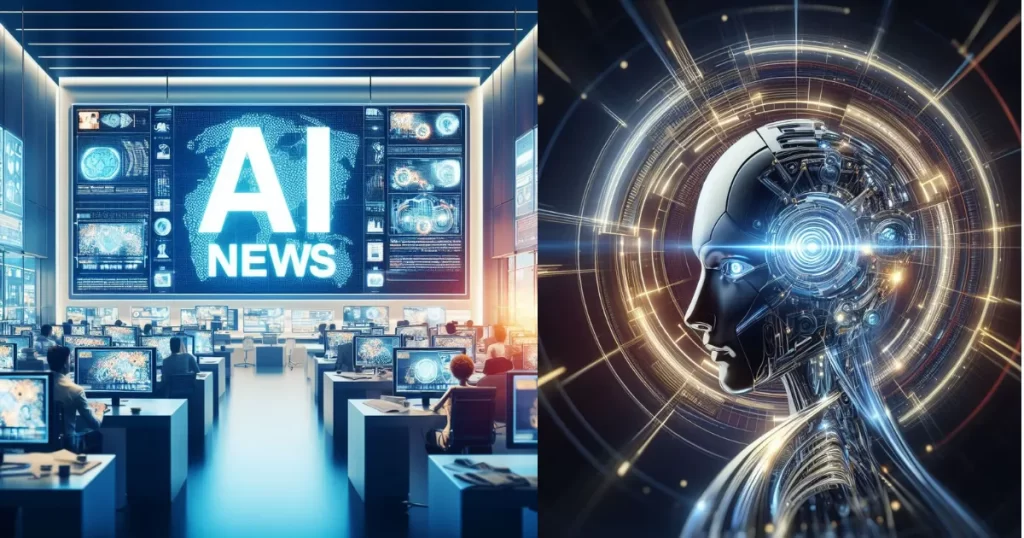Big Tech’s drive to meet the rising demand for artificial intelligence (AI) is changing energy supply and consumption. With the fast growth of data centers throughout the world, these digital behemoths are looking into new ways to supply the massive amounts of electricity required. Nuclear energy, liquid cooling, and quantum computing are all being considered.
The Growth of Data Centers and AI
The boom in digitalization and the quick adoption of AI has resulted in a large increase in data centers, which are required for complicated cloud computing and AI operations. This trend is projected to continue, driven by the demand for additional computing power.
Giampiero Frisio, president of electrification at ABB, a multinational engineering company, highlighted the extraordinary increase of their data center sector, which is expected to expand by more than 24% in 2024. Frisio emphasized that energy efficiency should be the first goal. Technologies such as ABB’s HiPerGuard UPS, a medium voltage power supply, provide solutions that can be installed immediately to provide data centers with continuous power.
Energy Challenges and Liquid Cooling
With the increased need for energy, businesses are turning to liquid cooling solutions, which help manage data center temperatures more effectively than standard air cooling. Liquid cooling, which uses water to cool servers and other equipment, is becoming more prevalent as data center power density increases.
Frisio stated that liquid cooling helps manage larger power densities in server racks, which can now withstand four to six times the energy load as prior versions. He claimed that this strategy is part of a phased approach that would lead to the adoption of modular nuclear systems within the next decade.
Big Tech’s Nuclear Power Investments
Major US technology giants such as Microsoft, Google, and Amazon have obtained multibillion-dollar nuclear energy arrangements to fulfill the energy requirements of their AI operations. This approach mirrors a larger push to bring new, dependable energy sources online, as old techniques may not be able to meet rising demand.
Furthermore, data centers are revising their plans, particularly in locations impacted by environmental issues such as droughts. This transition is visible in South America, where public pressure has driven tech companies to implement water-saving designs.
Schneider Electric, a French energy management business, has paid $850 million for a controlling share in Motivair Corp., a liquid cooling technology company based in the United States. This strategic initiative intends to improve Schneider Electric’s ability to support data center infrastructure.
Quantum Computing’s Potential Role
Raj Hazra, CEO of Quantinuum, stressed AI’s two challenges: sustainability and accountability. Quantum computing, which uses quantum physics to tackle complicated problems, has the potential to significantly improve the efficiency of AI processes. Hazra noted that quantum technology has sparked widespread interest, with Quantinuum recently collecting $300 million in finance, valuing the business at $5 billion.
Hazra emphasized the significance of long-term solutions, saying, “It’s not enough to simply have a solution; it must be sustainable.” He anticipated that in the next three to five years, organizations will rely on a combination of traditional high-performance computing, AI, and quantum technologies to run operations.
The Debate on Environmental Impact
While some claim that AI and other technologies can assist solve environmental issues, skeptics such as Somya Joshi from the Stockholm Environment Institute warn against relying too much on technical solutions. Joshi argues that, while technical innovation is important, it cannot substitute for holistic solutions that respect environmental boundaries.
Conclusion: The IT industry’s efforts to fuel the AI revolution with sustainable and efficient energy solutions include investments in nuclear power, liquid cooling, and quantum computing. As the globe adjusts to the fast changing digital landscape, these actions emphasize the importance of striking a balance between technological growth and environmental responsibility.
Original content adapted from CNBC, reported by Sam Meredith. You can check out the full article here.

I’m Voss Xolani, and I’m deeply passionate about exploring AI software and tools. From cutting-edge machine learning platforms to powerful automation systems, I’m always on the lookout for the latest innovations that push the boundaries of what AI can do. I love experimenting with new AI tools, discovering how they can improve efficiency and open up new possibilities. With a keen eye for software that’s shaping the future, I’m excited to share with you the tools that are transforming industries and everyday life.

